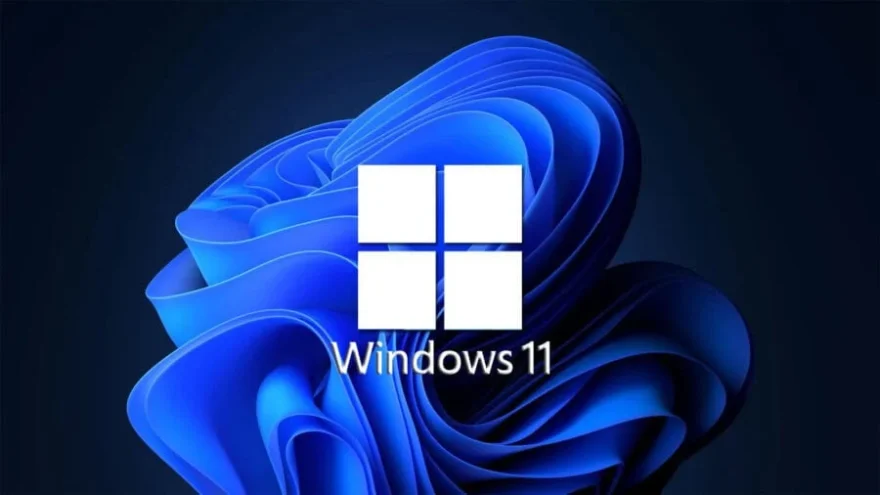Windows 11 ARM ISO Is Now Available for Download

Until now, Qualcomm’s exclusivity as the only processor manufacturer supporting Windows 11 ARM had created a situation where this version of Microsoft’s operating system could only be obtained directly by purchasing laptops with the Snapdragon 8cx or Snapdragon X Elite/Plus. However, that exclusivity now seems to be ending.
Microsoft Offers Free Windows 11 ARM ISO Download
It seems that exclusivity is coming to an end, as Microsoft has officially published the free download of the Windows 11 ARM ISO on its website. The ISO, which is slightly over 5GB in size, provides a more streamlined option for installation compared to previous Insider Program builds. This move is expected to significantly broaden accessibility to Windows 11 ARM.
In addition, Microsoft’s own support website details how to mount the ISO on installable drives or install Windows 11 ARM on virtual machines running Windows 11 ARM, Windows 11 x86-64, or even Apple computers with Apple Silicon chips. This guidance ensures that a wider range of users can take advantage of the new availability.
Creating Bootable Drives and Future Support
To create bootable Windows 11 ARM drives, drivers must be included. Currently, only laptops with Snapdragon X Series SoCs can do this without manually adding drivers. Nonetheless, as laptops with processors from other manufacturers enter the market, support is expected to increase, and drivers will eventually be distributed for manual installation. This gradual expansion will likely improve overall user experience and adoption.
The Future of ARM-Based SoCs

In related news, there are rumors that the new SoCs developed by NVIDIA and MediaTek are on the horizon, with MediaTek expected to launch ARM processors for laptops once Qualcomm’s exclusivity ends. These developments could mark a significant shift in the processor market.
However, ARM-based SoCs still face challenges before becoming a viable alternative to x86-64 architectures. While significant progress has been made in recent years, compatibility with applications and devices still lags behind the more established platform for desktop and laptop computers. Thus, more innovation and collaboration will be necessary for ARM processors to fully compete in this space.








